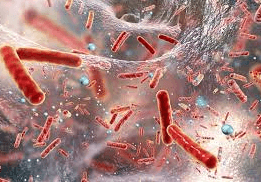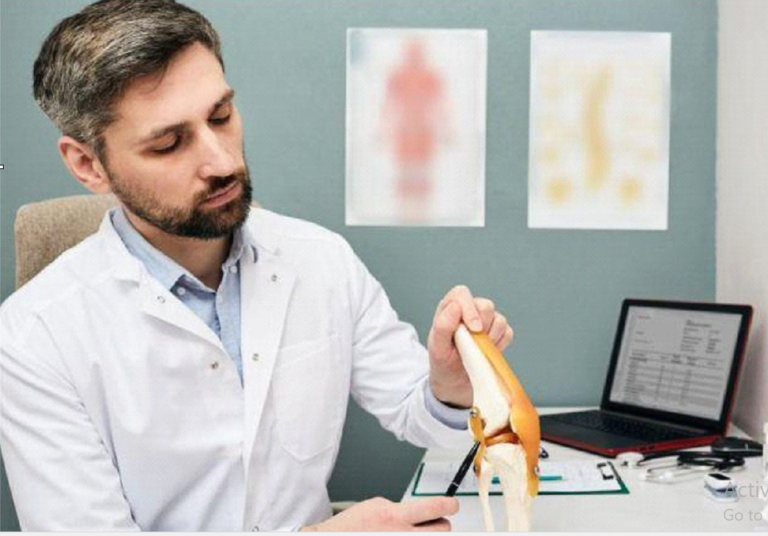Antibiotics: Pioneering the Battle against Bacterial Infections throughout the Ages


In the annals of medical history, antibiotics stand as revolutionary weapons against the formidable adversaries known as bacteria. These microscopic organisms, invisible to the naked eye, have challenged human health for millennia, causing infections that ranged from mildly inconvenient to life-threatening. The advent of antibiotics marked a turning point, ushering in an era where bacterial infections could be effectively tamed. Join us on a journey through time as we explore the fascinating evolution of antibiotics and their profound impact on medicine.
Contents
- Ancient Remedies: Nature’s Healing Touch
- The Age of Microscopes: Unveiling the Microbial World
- Penicillin: The Accidental Savior
- World War II: Antibiotics on the Frontlines
- The Antibiotic Golden Age: Discovering New Frontiers
- Antibiotic Resistance: The Dark Side of Progress
- Future Frontiers: Navigating the Challenges Ahead
- Antibiotics in the Modern Era: A Beacon of Hope
- Conclusion:
Ancient Remedies: Nature’s Healing Touch
Long before the discovery of antibiotics, ancient civilizations turned to nature for remedies to combat infections. Civilizations in China, Egypt, and Greece used various plant extracts, molds, and other natural substances to treat wounds and ailments. While these early remedies lacked the precision of modern medicine, they laid the groundwork for the concept that nature held the key to healing.
The Age of Microscopes: Unveiling the Microbial World
The development of the microscope in the 17th century opened a window into a previously unseen world of microorganisms. Pioneering scientists like Antonie van Leeuwenhoek observed bacteria for the first time, realizing that these tiny creatures played a role in spreading diseases. However, it would take several more centuries before the mechanisms of bacterial infections were fully understood.
Penicillin: The Accidental Savior
The story of antibiotics begins with a stroke of luck. 1928 Scottish bacteriologist Alexander Fleming returned to his laboratory after a two-week vacation. To his surprise, he discovered that a mold called Penicillium notatum had contaminated one of his Petri dishes, creating a zone where bacteria failed to grow. This chance encounter led to the identification of penicillin, the first proper antibiotic.
World War II: Antibiotics on the Frontlines
The transformative potential of antibiotics became evident during World War II. The widespread use of penicillin and other antibiotics drastically reduced mortality rates among soldiers from bacterial infections. These medications, once considered miracle drugs, became instrumental in saving lives on the battlefield and beyond.
The Antibiotic Golden Age: Discovering New Frontiers
The post-war period marked the “Golden Age” of antibiotic discovery. Scientists identified many new antibiotics, expanding the pharmacopeia to include streptomycin, tetracycline, and erythromycin. These drugs targeted various bacterial species, offering effective treatments for diverse infections.
Antibiotic Resistance: The Dark Side of Progress
As antibiotics became more prevalent, a concerning trend emerged – antibiotic resistance. Through genetic mutations, bacteria developed the ability to withstand the effects of antibiotics, rendering once-potent drugs ineffective. The overuse and misuse of antibiotics in medicine and agriculture accelerated this process, posing a significant threat to public health.
In the realm of antibiotics, the 21st century brings promise and challenges. While researchers explore novel approaches, such as bacteriophage therapy and CRISPR-based antimicrobials, antibiotic resistance remains a pressing concern. The delicate balance between harnessing antibiotics’ power and preventing resistance emergence requires a concerted global effort.
Antibiotics in the Modern Era: A Beacon of Hope
Despite the challenges, antibiotics continue to be essential tools in the fight against bacterial infections. They underpin medical procedures ranging from surgeries to chemotherapy, safeguarding lives in ways unimaginable just a century ago. The ongoing quest for new antibiotics and reasonable antibiotic use is critical to ensuring these medications remain effective in the face of evolving bacterial threats.
Conclusion:
In conclusion, the history of antibiotics is a testament to human ingenuity and resilience in the face of microbial adversaries. From ancient remedies to the accidental discovery of penicillin and the subsequent golden age of antibiotic development, these medications have transformed the landscape of medicine. As we navigate the complexities of antibiotic resistance, the story of antibiotics continues, reminding us of the delicate dance between humanity and the microbial world.





